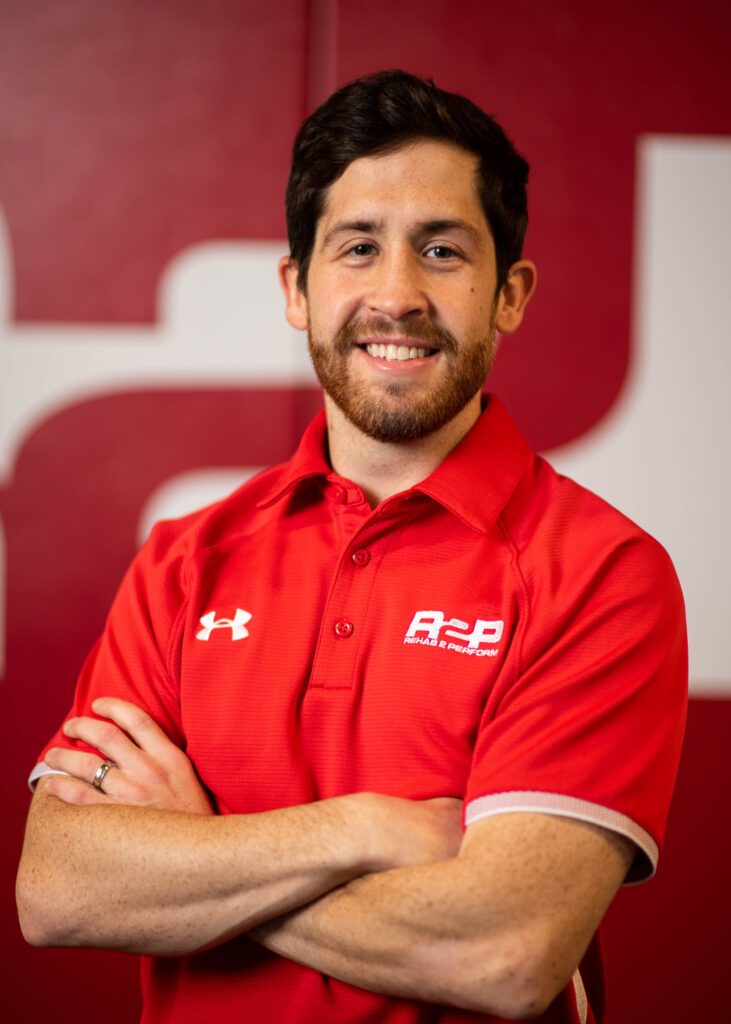What is ‘Good Running Form’?

Today, we’re diving into a topic that’s fundamental to every runner’s journey: “Good Running Form.” In working with runners, I often receive questions about what constitutes good running form. Below, I’ll shed light on this critical aspect of running and how it can positively impact your performance and reduce risk of injury.
Understanding the Basics
Let’s begin by acknowledging that running is a unique experience for everyone. Each of us has a distinctive stride and biomechanical profile, so “good running form” isn’t a one-size-fits-all concept. Movement occurs on a continuum with the vast majority of movement patterns being relatively normal and a small percentage of patterns that may result in excessive stress and possible injury. In fact, it’s unrealistic to expect every step and stride to appear identical, and theory dictates that this may even be maladaptive as we would have less ability to accommodate to our environments and could result in repetitive stress or breakdown. Diving further into this topic is outside the scope of this post, but understand that variability in movement is protective to injury. While there are deviations from the norm that may require professional assistance to identify and address, we won’t spend time identifying each of those in this blog post. Instead, I’ll outline a few characteristics I look for to signal that a runner’s form is functional and within normal limits.
Efficiency Matters
One of the primary goals of good running form is to make your runs more efficient. When your body moves in a coordinated and balanced manner, you waste less energy, allowing you to run faster and longer with less effort. Efficiency is the result of adequate energy storage/transfer and effective force management.
The Components of Good Running Form
“Nose over toes”
I like to see a slight forward trunk lean, while still maintaining an upright posture. This allows your center of mass to be slightly forward, allowing gravity to pull you forward.
Foot contact under the body
I’m less concerned with your specific foot strike (heel, mid-foot, or toe strike) and more with where it is occurring. A foot strike out ahead of the body is inefficient as you are essentially “hitting the brakes” every time your foot contacts the ground. This creates more work for your legs to do.
“Make yourself a little shorter”
In this instance, I’m asking runners to maintain a little knee bend in their gait. This allows them to more effectively absorb impact and reduces the propensity to overstride.
Maintain space between the knees
This positioning simply allows more effective “stacking” of the hip, knee, and ankle as a runner cycles through swing and stance phases. It puts runners in an effective position to transfer force and avoid potential energy leaks through the kinetic chain.
“Stay narrow at the arms”
Here I’m referring to arm swing. I like to see the arms hanging in a relaxed manner, with elbow bent, gently swinging near the torso. Allowing the arms to float away from the body produces more rotational motion for your core to manage. This also plays a role in balance.
Cadence 175 spm+
Cadence refers to the number of steps you take per minute. Elite runners have been found to demonstrate a cadence of 185+. For recreational runners a cadence of 170-180 steps per minute is likely adequate. To demonstrate why this is important, imagine walking 10 yards in 20 steps. That would probably feel relatively natural and not all that taxing. Now, imagine I asked you to walk those same 10 yards, but in only 5 steps. Each of those steps would be fairly taxing and challenging, especially compared to our prior task. A cadence <165 bpm could be setting a runner up for running related injuries due to the increased accumulated stress per step required to accomplish a set distance.
Seek Professional Guidance
While these guidelines can help improve your running form, understand that describing good running form is only part of the equation. Fitness, training age,, and other factors will affect form. If you are struggling with a running related injury, seek out a physical therapist who is familiar with running and can assess your specific needs, identify weaknesses, and provide tailored exercises and drills to enhance your running. A professional can also help you make gradual adjustments to your form to avoid overuse injuries that may occur when making drastic changes.
The Finish Line
In the pursuit of “good running form,” focus on optimizing your unique biomechanics for efficiency and injury prevention. Seek professional guidance when needed, and approach the journey with patience and dedication.
Keep running strong!, Dr. Greg.
Looking for more guides, templates, and support along your Running Journey? Check out and work with Dr. Greg on our online platform, R2P+ . Get Started Now!

Dr. Greg Ellis PT, DPT, CSCS
Performance Physical Therapist
Follow Greg on Instagram (HERE) for more content and to see his running progress!
Fitness Focused Physical Therapy
Running injuries holding you back? Rehab 2 Perform specializes in preventing risk to re-injury and empowering you with the tools to stay active. We serve the Annapolis, Bethesda, Columbia, Frederick, Gambrills, Germantown and Mt. Airy areas in Maryland, and now in the Tysons Corner Business District in Virginia. Contact us today at 1(301) 798- 4838 or schedule an appointment by visiting us here today.
We accept all major insurances, including Tricare, VA Community Care, and the Johns Hopkins Healthcare Network!
